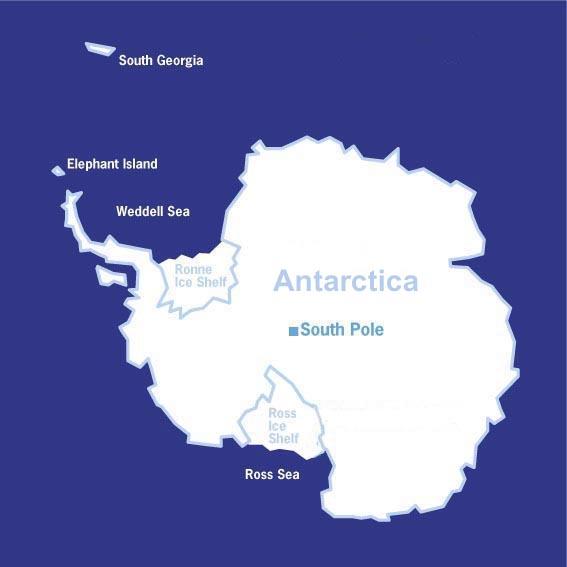
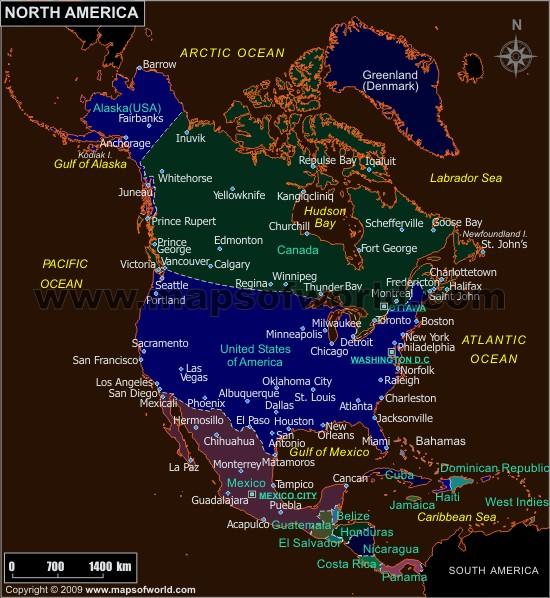
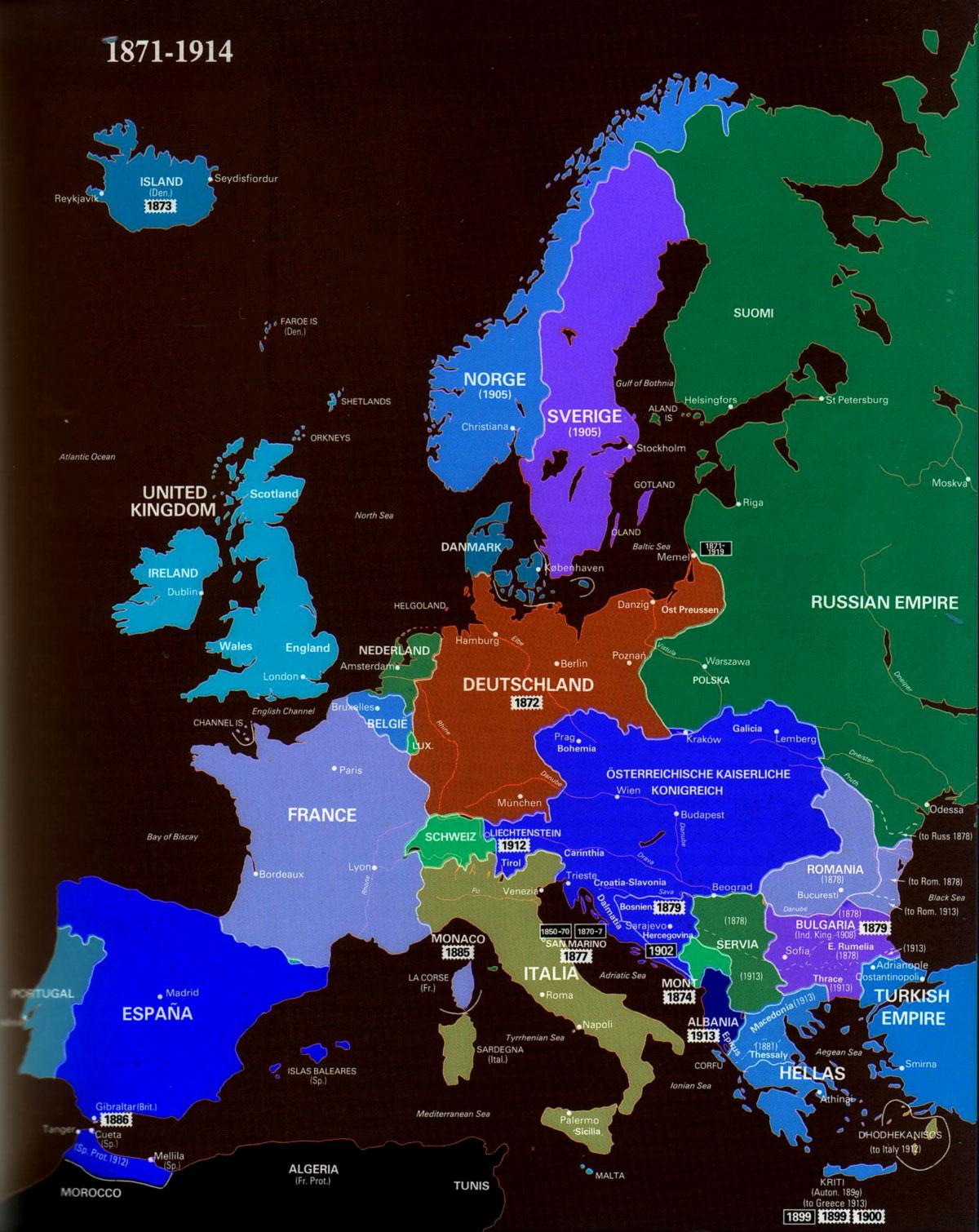
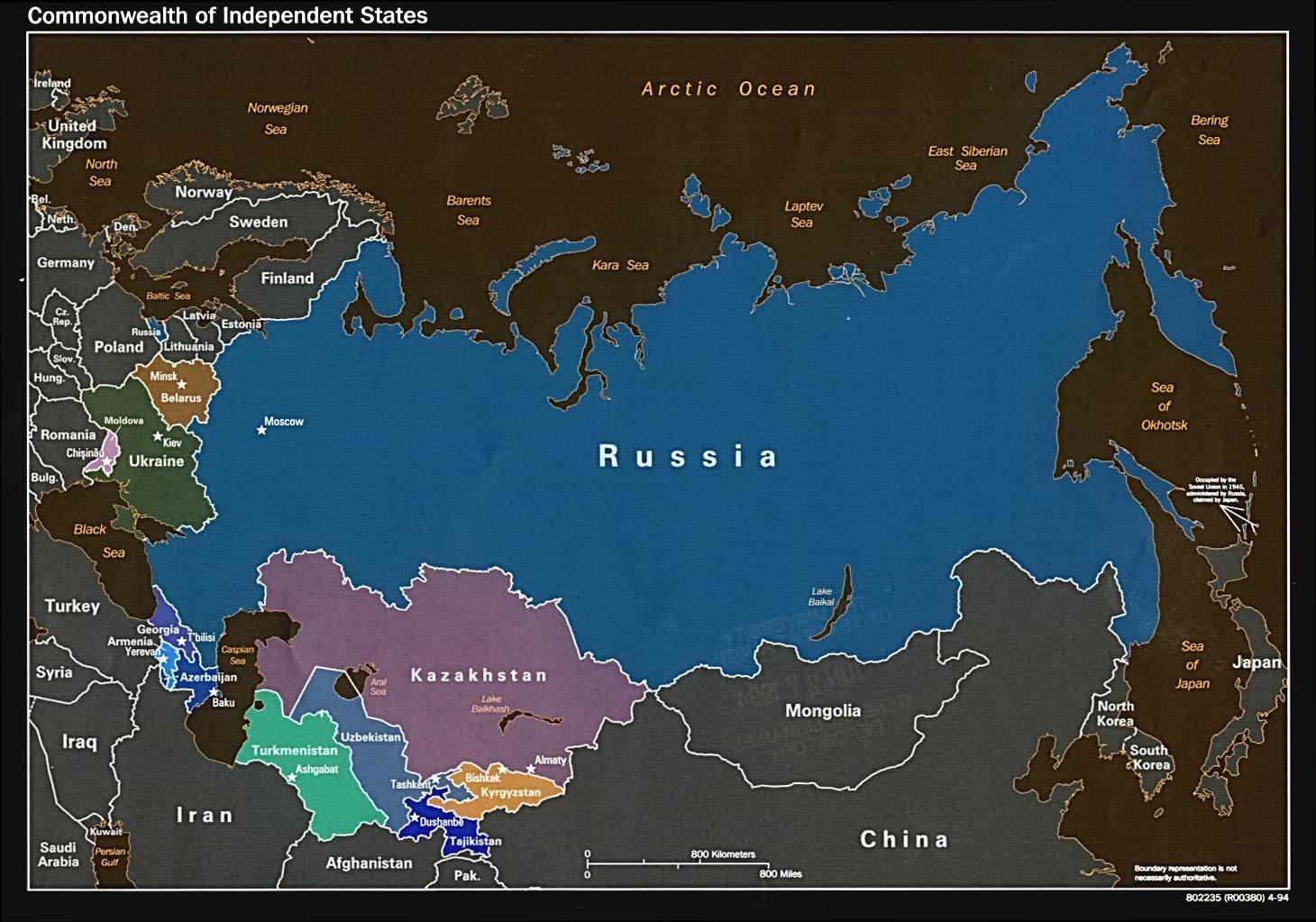
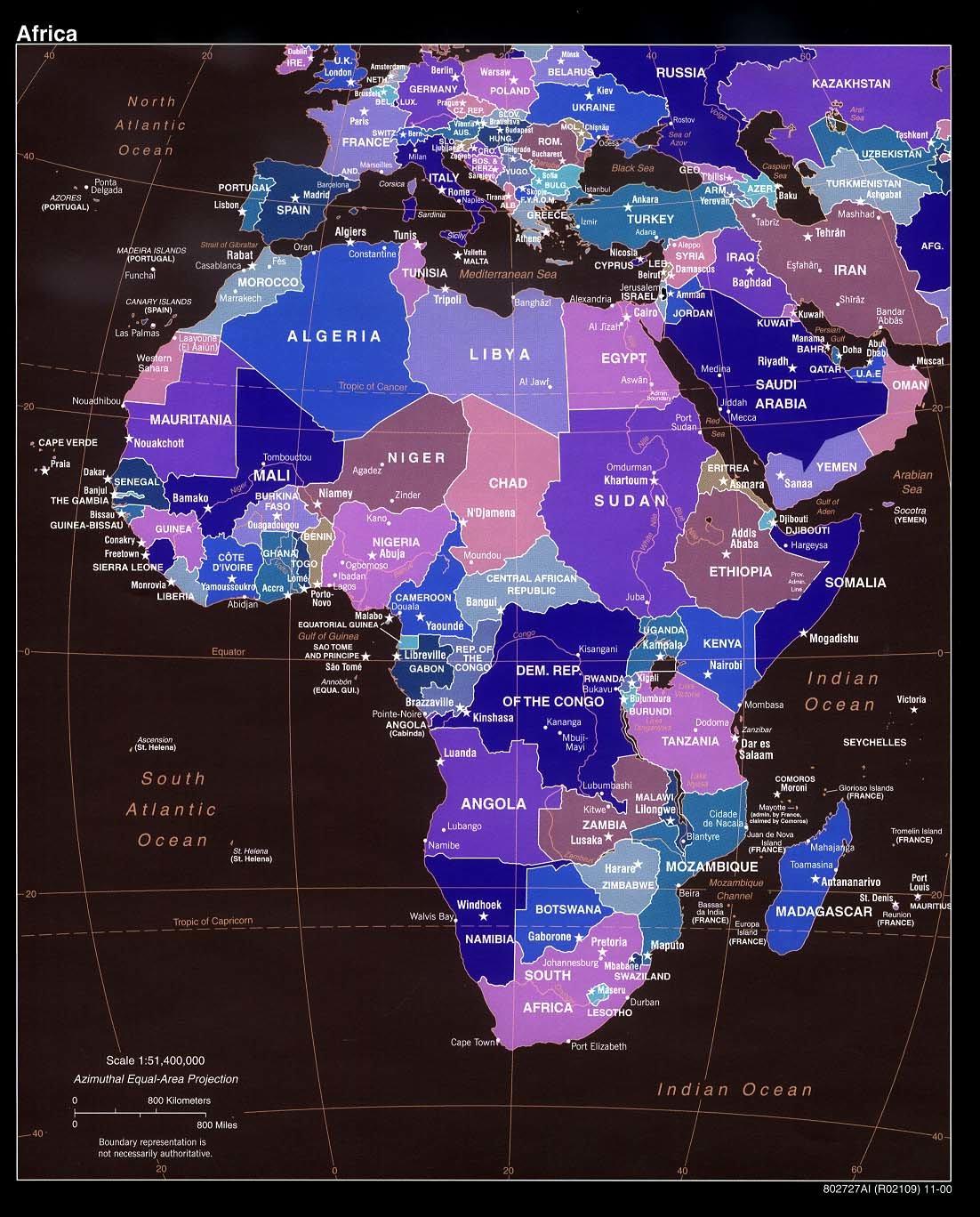


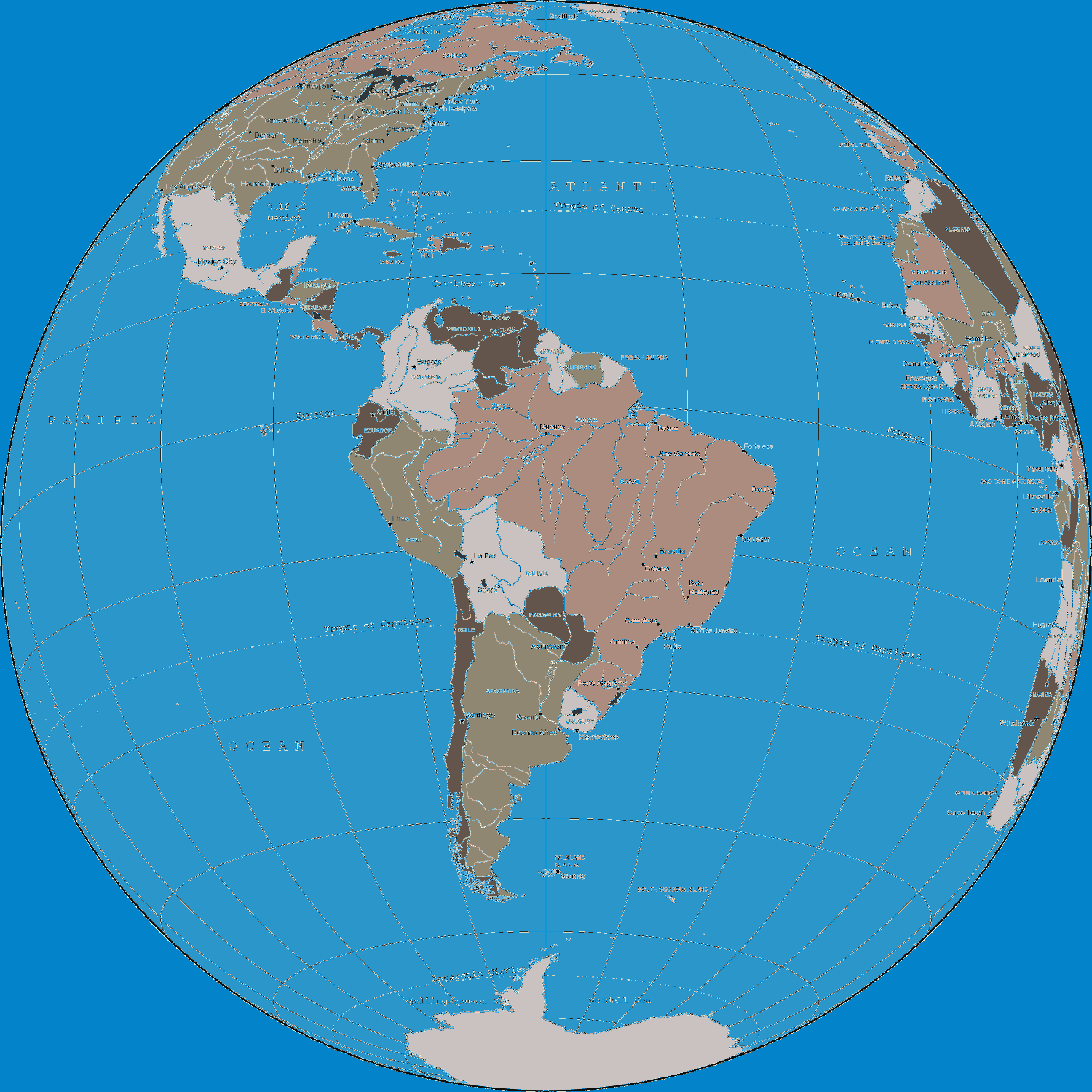
Foundations: c. 8000 B.C.E.–600 C.E.
Major Developments
- Locating world history in the environment and time
- Environment
- Interaction of geography and climate with the development of human society
- The environment as historical actor
- Demography: Major population changes resulting from human and environmental factors
- Time
- Periodization in early human history - Western Civ vs. World History periodization
- Nature and causes of changes associated with the time span
- Continuities and breaks within the time span
- Diverse Interpretations
- What are the issues involved in using "civilization" as an organizing principle in world history? Can 'civilization' be used as a weapon?
- What is the most common source of change: connection or diffusion versus independent invention?
- What was the effect of the Neolithic Revolution on gender relations?
- Environment
- Developing agriculture and technology
- Agricultural, pastoral, and foraging societies, and their demographic characteristics (Include Africa, the Americas, Europe, and Asia)
- Emergence of agriculture and technological change (over time)
- Nature of village settlements
- Impact of agriculture on the environment
- Introduction of key stages of metal use
-----------------------------------------------1.5 Weeks-------------------------------------------------------------------
- Basic features of early civilizations in different environments: culture, state, and social structure.
The students will write an essay, a CC essay, comparing and
contrasting the similarities and differences between two
of these, that I will select at random by drawing them out of
a (fur) hat:
- Mesopotamia
- Egypt
- Indus
- Shang
(Students should be able to compare two of the early civilizations above.)
- Classical civilizations, all presented through the Habits of Mind prism
- Major political developments in China, India, and the Mediterranean
- Social and gender structures (ie: slavery)
- Major trading patterns within and among Classical civilizations; contacts with adjacent regions (Silk roads)
- Arts, sciences, and technology
- Basic features of major world belief systems prior to 600 C.E. and where each belief system applied by 600 C.E.
We will spend some time on this, and look at DBQs concerning
the scriptual traditions, commonalities and differences
- Polytheism
- Hinduism
- Judaism
- Confucianism
- Daoism
- Buddhism
- Christianity
- Islam (later)
- Late Classical period (200 C.E.–600 C.E.)
- Collapse of empires (Han China, loss of western portion of the Roman Empire, Gupta)
- Movements of peoples (Huns, Germans)
- Interregional networks by 600 C.E.: Trade and religious diffusion
Major Comparisons and Analyses: Examples
- Comparisons of the major religious and philosophical systems including some underlying similarities in cementing a social hierarchy, e.g., Hinduism contrasted with Confucianism (Caste System vs. Filal piety, ancestor worship, letter from Ban Zhou to daughter)
- Compare the role of women in different belief systems—Buddhism, Christianity, Confucianism, and Hinduism
- Understand how and why the collapse of empire was more severe in western Europe than it was in the eastern Mediterranean (Byzantium) or in China (this will be expressed in a CCOT essay).
- Compare the caste system to other systems of social inequality devised by early and classical civilizations, including slavery
- Compare societies and cultures that include cities with pastoral (herding) and nomadic societies
- Analyze the role of technologies in the growth of large state structures (and maybe in a DBQ essay)
Examples of What You Need to Know
Below are examples of the types of information you are expected to know contrasted with examples of those things you are not expected to know for the multiple-choice section.
- Nature of the Neolithic revolution, but not characteristics of previous stone ages, e.g., Paleolithic and Mesolithic
- Economic and social results of the agricultural revolution, but not specific date of the introduction of agriculture to specific societies
- Nature of patriarchal systems, but not changes in family structure within a single region
- Importance of the introduction of bronze and iron, but not specific inventions or implements
- Political heritage of classical China (emperor, bureaucracy), but not specific knowledge of dynastic transitions, e.g., from Qin to Han
- Greek approaches to science and philosophy, including Aristotle, but not details about other specific philosophers
- Diffusion of major religious systems, but not the specific regional forms of Buddhism or Aryan or Nestorian Christianity
TOOLS
We will introduce in class the Dymaxion map for perspective, maps of language and food distribution (satisfying Theme #1), read an essay by Jared Diamond about farming, look at some Chinese inventions and discuss them, and finally try to learn a song to remember the Chinese dynasties by. Also, Migrations are a focus theme for the year.








